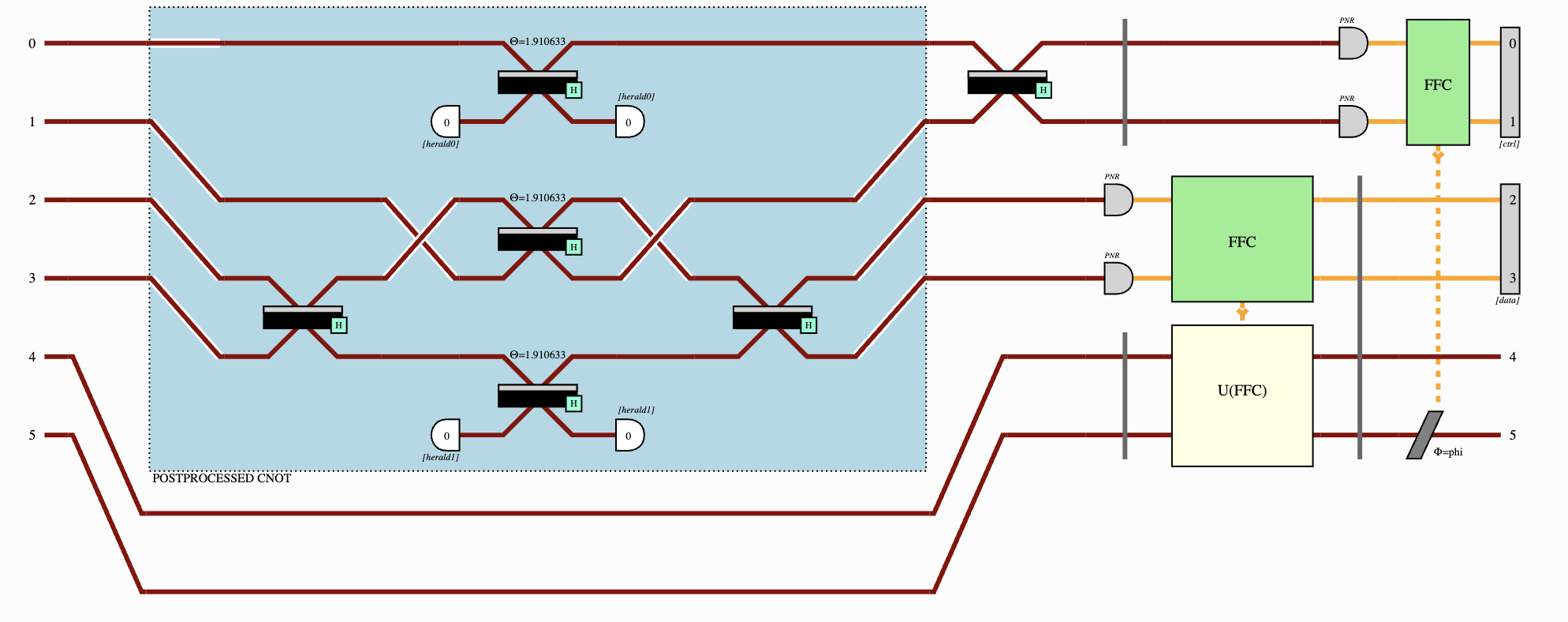-
PRODUCTS AND SERVICES
-
RESOURCES
-
TECHNOLOGY
-
ABOUT US
BLOG
Learn the latest about Photonic
Quantum Computing
Quandela and NVIDIA Accelerate Quantum Spin-Photon Simulation by 20,000x with CUDA-Q
As quantum processors scale, they will need to be connected through photonic links. Photons are the only practical carriers of quantum information beyond the local chip: they are fast, can […]
Quandela brings NVIDIA NVQLink to photonic quantum computing
Quandela is collaborating with NVIDIA on the development of NVIDIA NVQLink™, a new open architecture bringing NVIDIA accelerated computing to the quantum domain. Building on NVIDIA’s expertise in accelerated computing […]
Welcome to Our New Training Centre: Your Gateway to Photonic Quantum Computing
We are thrilled to announce the launch of our new Training Centre, a dedicated e-learning platform designed to make photonic quantum computing more accessible to a wider audience. Whether you […]
The Power of Gradients in Photonic Quantum Computing: A Game-Changing Innovation
Quandela in collaboration with Quantinuum have just announced a breakthrough in photonic quantum computing, potentially accelerating the development of practical quantum algorithms. This innovation addresses a crucial challenge in optimizing […]
Quantum Reinforcement Learning Gets an Entanglement Boost Using Single Photons
In this work, we have demonstrated a novel approach to quantum reinforcement learning that harnesses the power of entanglement using single photons. This breakthrough could pave the way for more […]
Feedforward Operations: A Critical Milestone for Photonic Quantum Computing
While we have just introduced feedforward capabilities in Perceval 0.12, our open-source framework for photonic quantum computing, this new feature represents a significant milestone in our development roadmap, enabling users to simulate and […]
find out more
Start your journey with the
power of quantum
Find out what our Photonic Quantum power can do for you.





